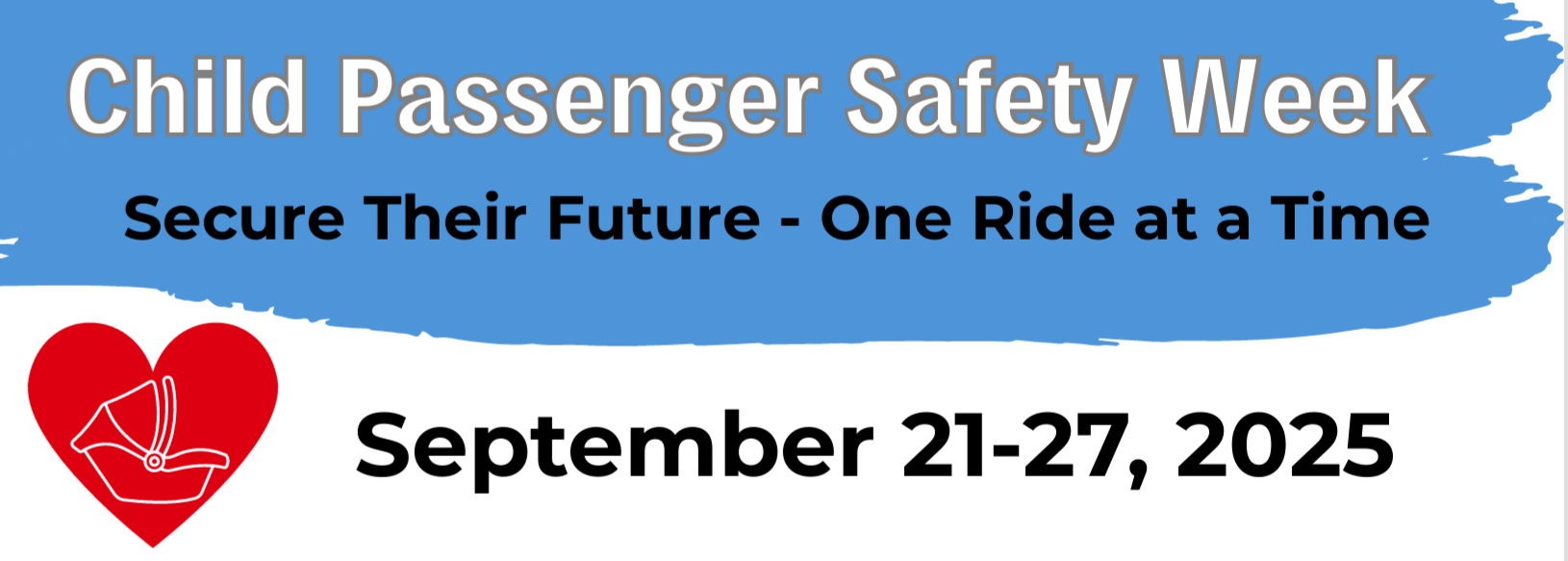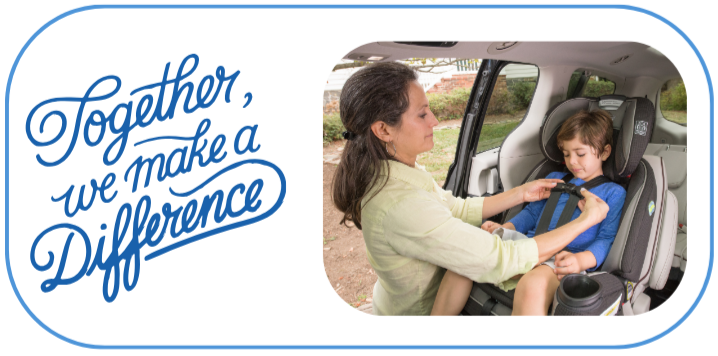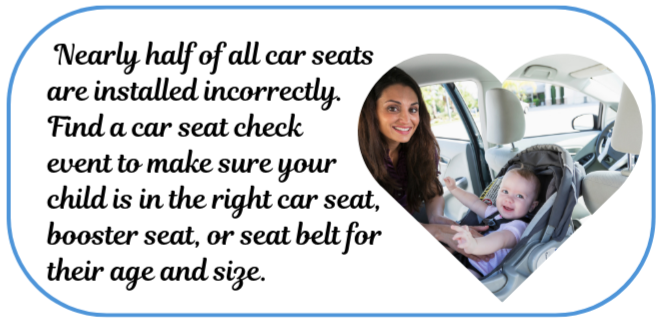
Parents envision their children achieving their dreams of becoming a doctor, a teacher, or an astronaut. One of the simplest ways to protect those dreams is by buckling children in the right car seat or booster seat every time they ride in a vehicle. Because every journey toward a bright future starts with a safe ride today. Parents and caregivers can be overconfident in their ability to select and install the right seats for their children; in fact, approximately half of all car seats are not installed correctly. Child Passenger Safety Week is a good time for parents to check and make sure their children are in the right seats (rear-facing car seats, forward-facing car seats, or booster seats) and that the seats are installed correctly.
Visit the Child Passenger Safety Week page for more information and to access the CPS Week planner.
Planning an Event for Child Passenger Safety Week?
Register Your event Here

Child Passenger Safety Week emphasizes the importance of teaching children the lifelong habit of buckling up — every ride, every time. This year’s Pennsylvania theme, “Secure Their Future – One Ride at a Time,” highlights the vital role that selecting and using the right car seat plays in protecting our children. Choosing an appropriate car seat or booster seat — and using it correctly — is one of the most effective ways to ensure a child’s safety on the road.

Most parents think they are using their car seats correctly to protect their children and keep them safe. Child Passenger Safety Week is the time to check that children are as safe as possible when they are riding in a vehicle.
Best Practice recommendations to safely transport children in vehicles.
- Keep children rear-facing as long as possible, up to the top height and weight allowed by the manufacturer of the child’s car seat.
- Once a child outgrows a rear-facing car seat, the child is ready to travel in a forward-facing car seat with a harness. When installing a car seat forward-facing, use the tether, whenever possible.
- After a child outgrows the forward-facing car seat, the child should be buckled in a belt-positioning booster seat until the vehicle seat belt fits the child correctly.
- A children might ask to use the seat belt instead of a booster seat because it makes them feel older to ride without it, but the truth is, their safety is what matters most.
- Once your child is ready to use a seat belt, ensure that it fits correctly, and remember that the safest place for all children under the age of 13 is buckled up in the back seat.
Pennsylvania’s Occupant Protection Law for Children
- All children from birth to age 4 must be secured in a car seat anywhere in the vehicle.
- Children younger than age 2 must be secured rear-facing, until they outgrow the maximum weight and height of the car seat.
- All children 4 years of age and older, but less than 8 years, must be secured in a seat belt and an appropriate booster seat anywhere in the vehicle.
- All children 8 years of age and older, but less than 18 years of age, must be secured in a seat belt system anywhere in the vehicle.
- All drivers are responsible for securing children in the appropriate car seat, booster seat, or seat belt.
For more information about the correct selection, installation, and use of a car seat or to request materials visit www.pakidstravelsafe.org or call 1-800 CAR BELT.
